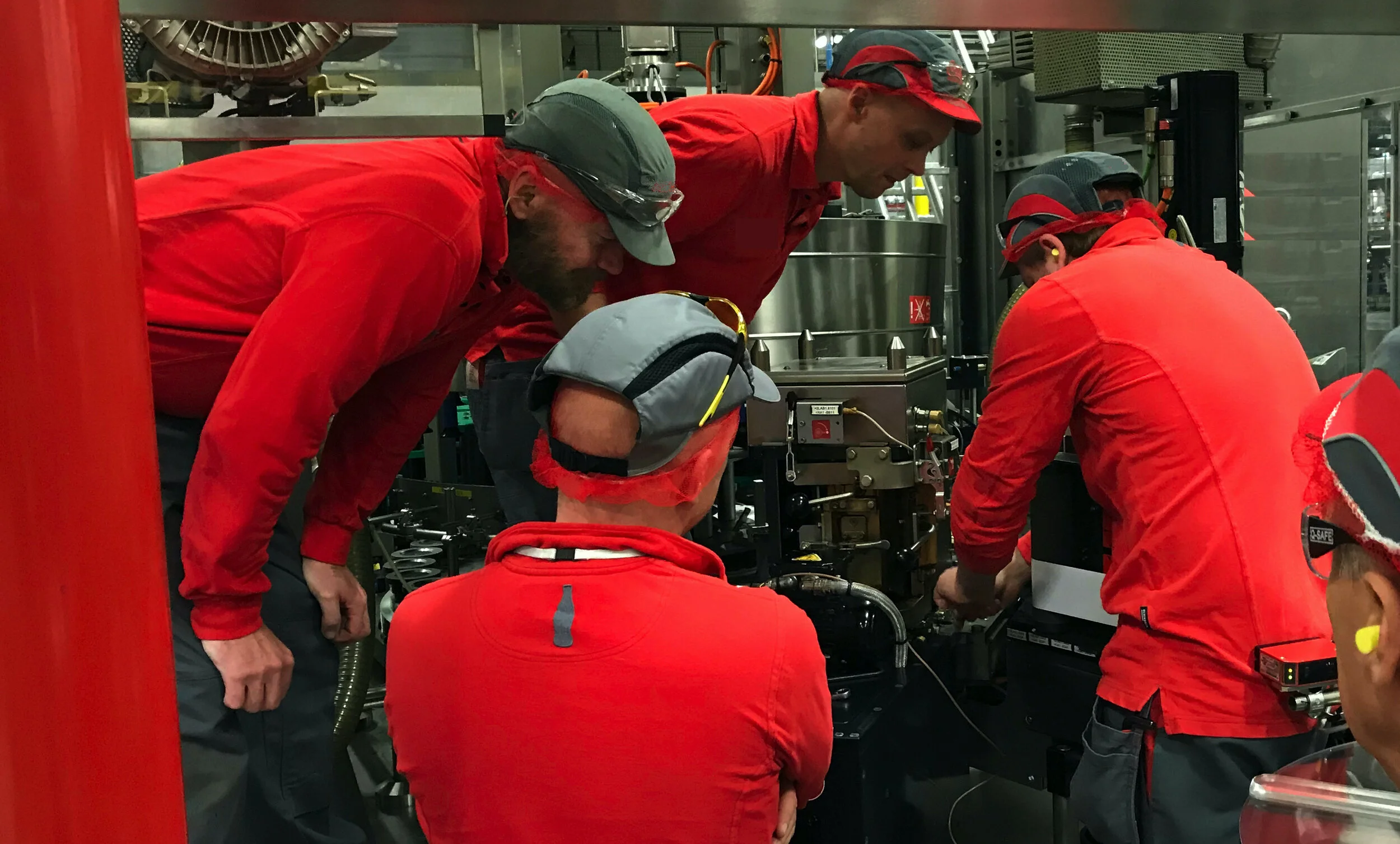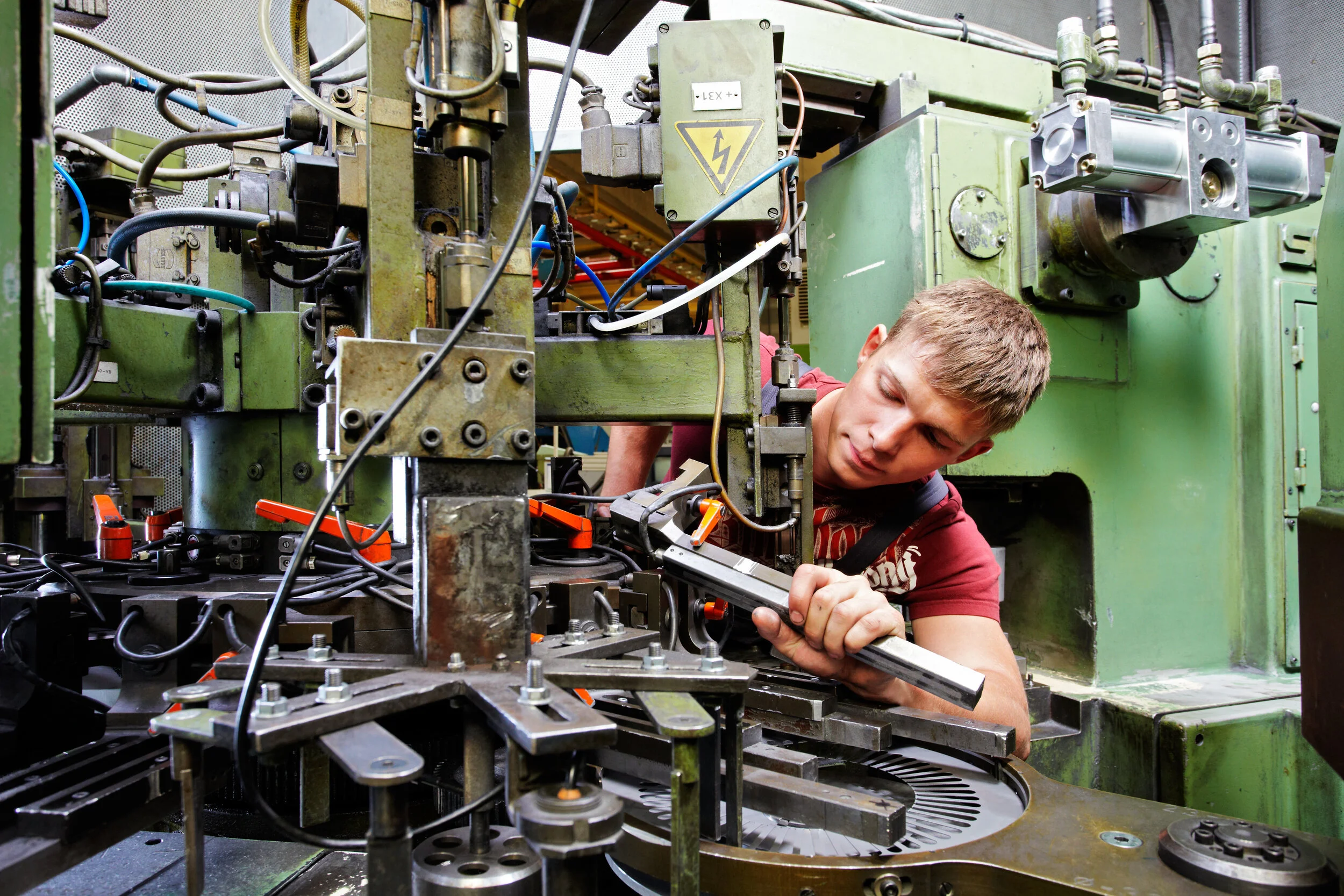HOW TO TACKLE MICRO-STOPS
TOTAL PRODUCTIVE MAINTENANCE
CASE STUDIES ON MACHINE PROBLEM SOLVING IN ACTION
Machine micro-stops are one of the classic “6 Machine Losses” that affect equipment availability, performance and product quality. They are taught as part of Total Productive Maintenance (TPS) or Kaizen training and used to teach participants ‘to see’ improvement potential in asset intensive environments where the value-added work is done by a machine, rather than the operator.
Micro stops (also called minor stops) include part jams, sensor confirmation problems and other slight malfunctions that typically get ‘fixed’ by the operators themselves within a couple of minutes without the need for maintenance interventions. Micro stops typically don’t catch the attention of management or even the maintenance department. As a result they tend to linger, as quick containment measures of the operators to restore production flow do not discover and address root causes of the problem.
These kind of stops can have a significant effect on line stability and output. They also affect the operators by causing frustration and, frequently, safety-risks: it is not uncommon for operators to circumvent safety measures to be able to restore typical interruptions of machine operation faster.
“Micro stops don’t catch the attention of managers and maintenance techs, unless they specifically look for them.”
As part of daily management (leader standard work), supervisors and maintenance techs, as well as managers, should routinely interview operators and observe machine cycles for a period to highlight micro stops and promote rapid machine problem solving that leads to permanent countermeasures.
This case-study describes how a typical sensor-related problem was investigated by a team practising Total Productive Maintenance. The countermeasure combines a technical solution with a people-related one (using TWI Job Instruction): every time we implement a change in the process, we need to ensure everyone that touches the process knows how it affects their work and is able to perform the modified task correctly.
Step 1: Identify Problem Point
The sheet steel picking arm was dropping the sheet (same sheet part number in different pick stations).
The presence of the ‘double sheet detected’ signal triggered the sheet eject routine (when there was no double sheet present).
Step 2: Contain the Problem
A software change was made to rotate the rear ‘sheet separation magnet’ during the arm lift movement.
This moved the sheet in the lifting arm and prevented the false ‘double sheet detected’ signal.
Step 3: Develop Countermeasure
Investigation & data collection showed the cause to be a slightly thicker (0.1mm) grade of sheet steel used for this particular batch of product due to a supply issue of the standard gauge (short term , week).
From a product point of view this was not an issue however, the sheet pick up arm is sensitive to sheet gauge.
The countermeasure chosen uses the software change if the thicker gauge is used again in the future.
Step 4: Prevent Recurrence
Each new batch of sheet is measured (about once per shift) and the software module switched in if required.
Operators have been trained using TWI Job Instruction to ensure everyone is able to correctly perform measurements and software change.
This Machine Problem Solving case study is based on our client work implementing Total Productive Maintenance (TPM). Written by Paul Everitt & Denis Becker










